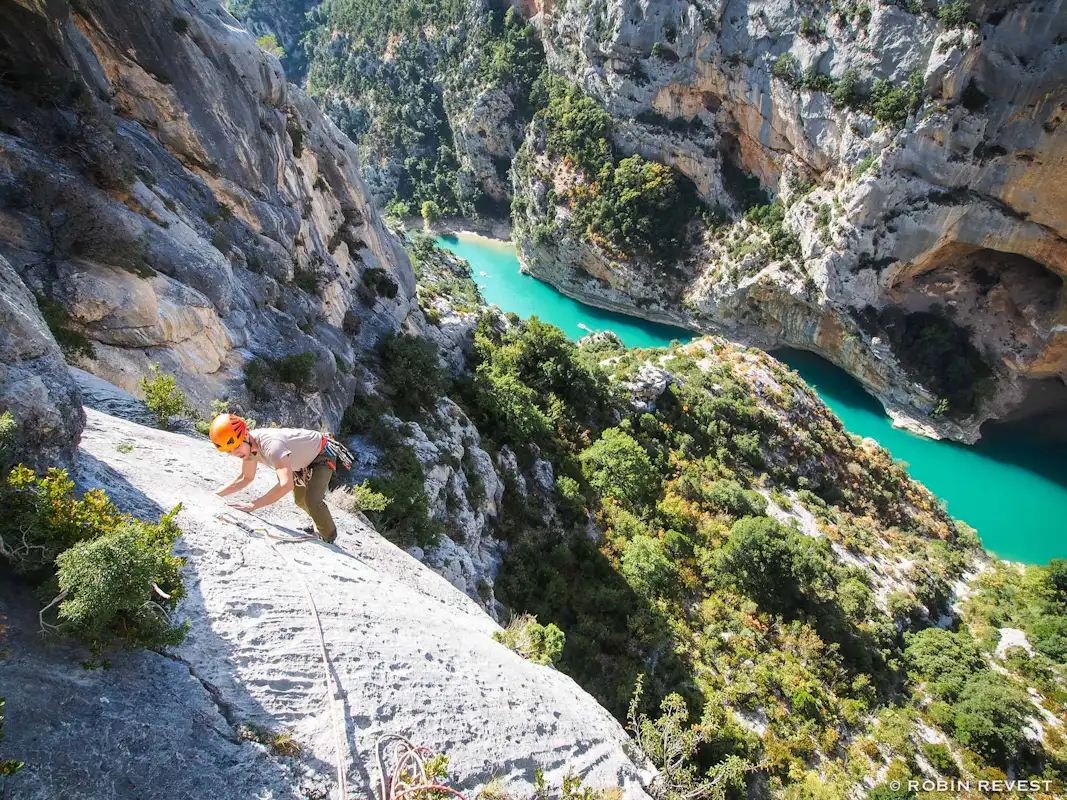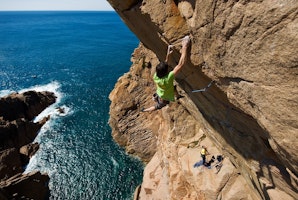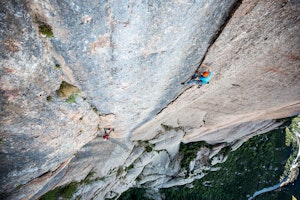Climbing grades are used to classify rock climbing routes based on its difficulty level. Understanding how they work is key to assess your skills and determine your climbing level, and also to evaluate how challenging is a route that you intend to attempt.
New to rock climbing? Here’s a guide to get you started!
The thing with grading systems is there’s a lot of them. Some climbing grades are exclusive to specific types of climbing, like bouldering, sport climbing or ice climbing. At the same time, many countries have developed their own grading systems: there’s the Yosemite Decimal System in the US, the UK grading system, the French system…and the list goes on.
One of the most widely used grading systems is the UIAA Scale (International Union of Alpinist Associations). This scale uses Roman numbers from I to XI (that’s the most difficult grade to the present) to classify climbing routes and it’s used in several European countries and the Himalayas.
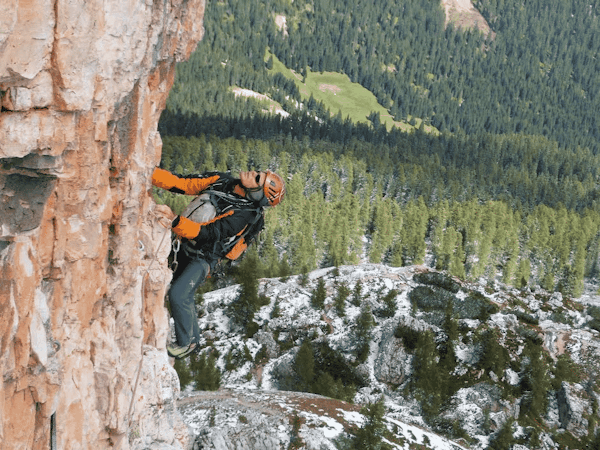
UIAA grades of difficulty for rock climbing
- First grade (I). This is the easiest form of rock climbing, known as scrambling. It requires to use your hands to support balance.
The UK is home to some of the best scrambling routes in the world. Check out this guided scrambling trip in Snowdonia and step into the rock climbing world!
- Second grade (II). Suitable for beginners. There are some steep sections, but there are many holds and supports.
Paklenica National Park, in Croatia, is an excellent destination for those who want to have their first climbing experience. Check out this guided trip in Paklenica for absolute beginners!
- Third grade (III). Intermediate climb. The climb is more steep and vertical. There are less holds and supports. It requires the use of force.
This rock climbing trip in Tre Cime di Lavaredo, an iconic landmark in the Italian Dolomites, it’s meant to be an amazing experience! Normal routes are around III grade.
- Fourth grade (IV). Holds and supports are rare and smaller. These routes require rock climbing technique to deal with different rock structures, like slabs, chimneys, and crevices.
Head to the Julian Alps in Slovenia and climb the Bavarian route (IV+) in the mythical north face of Mt Triglav.
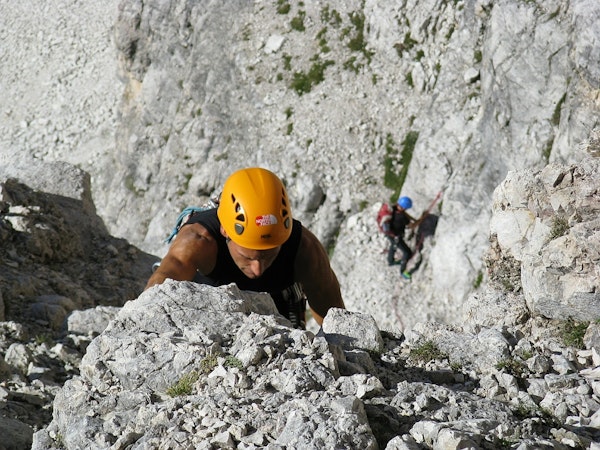
- Fifth grade (V). The climb is much more technical and hard. There are less frequent and small holds. There may be overhangs.
For rock climbers from V+ (even if you only have indoor climbing experience), here’s a guided rock climbing course in Kalymnos, one of the top climbing destinations in Greece.
- Sixth grade (VI). The climb requires well-studied and precise movements. Frequent overhanging sections. You need to have excellent training and strong arms and hands.
If you are a seasoned rock climber, this 1-day climbing trip in Gorges du Verdon, France, guarantees challenging routes in an amazing natural setting.
- Seventh grade (VII). Holds and supports are small and very distant from each other. You need to have superb technical skills and strength in your fingers. Balancing and grip techniques are also required at this level.
This 2-day guided rock climbing trip in Naranjo de Bulnes take you to the most difficult routes in this Spanish climbing gem.
- Eighth grade and above (VIII, IX, X, XI). Extreme climbs.
Ready for a rock climbing adventure? Check out all the amazing rock climbing programs around the world available at Explore-Share! And before leaving for your next trip, make sure you have everything that’s listed on this rock climbing equipment checklist.
